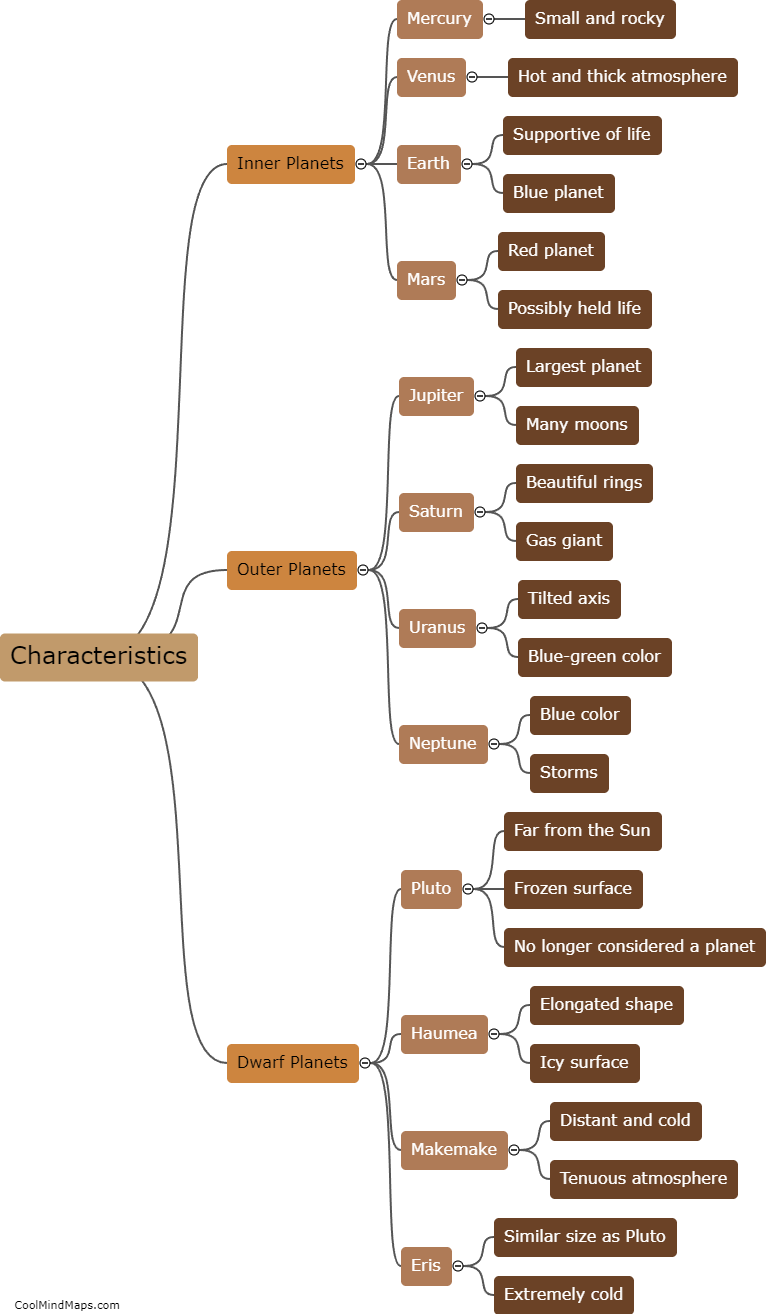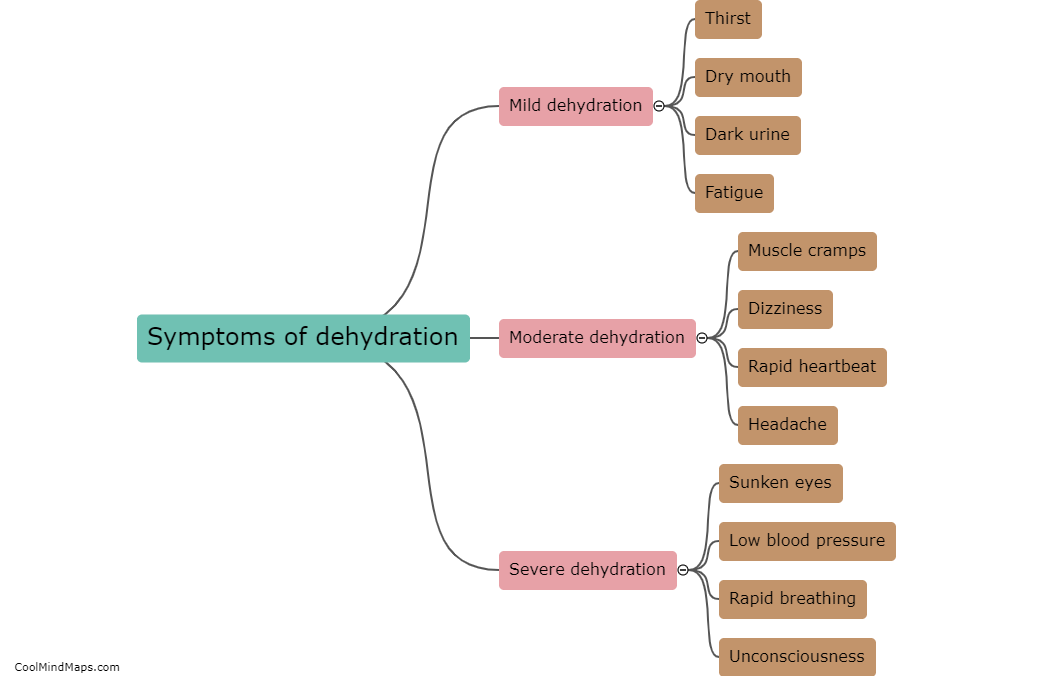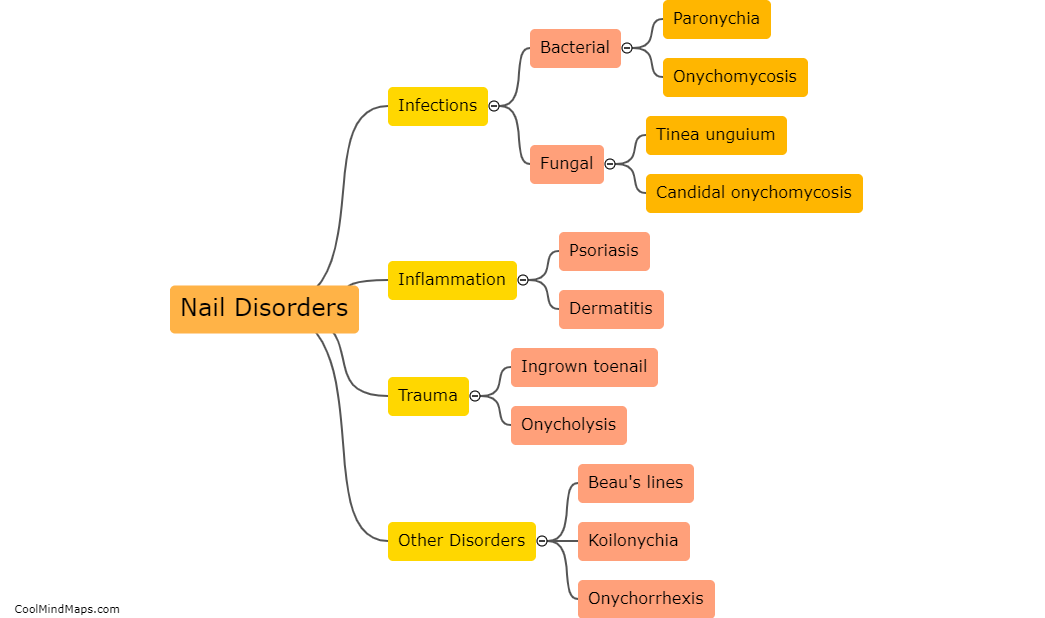Characteristics of each planet
Each planet in our solar system possesses unique characteristics that make it distinct and fascinating. Mercury, the smallest planet, is closest to the Sun and experiences extreme temperature variations. Its surface is covered in craters, and it lacks an atmosphere. Venus, often called Earth's twin, has a thick atmosphere of carbon dioxide and experiences a runaway greenhouse effect, making it the hottest planet. Mars, often referred to as the "Red Planet," has a thin atmosphere and a rusty, reddish appearance due to the iron oxide present on its surface. Known for its striking rings, Saturn is a gas giant with the second-largest mass in our solar system, surpassed only by Jupiter. Jupiter itself is the largest planet, possessing a swirling array of storms, including the famous Great Red Spot. Uranus is an ice giant with a unique tilted rotation axis, while Neptune, the farthest planet from the Sun, has a vibrant blue hue and is home to the fastest winds in the solar system.

This mind map was published on 10 November 2023 and has been viewed 88 times.











